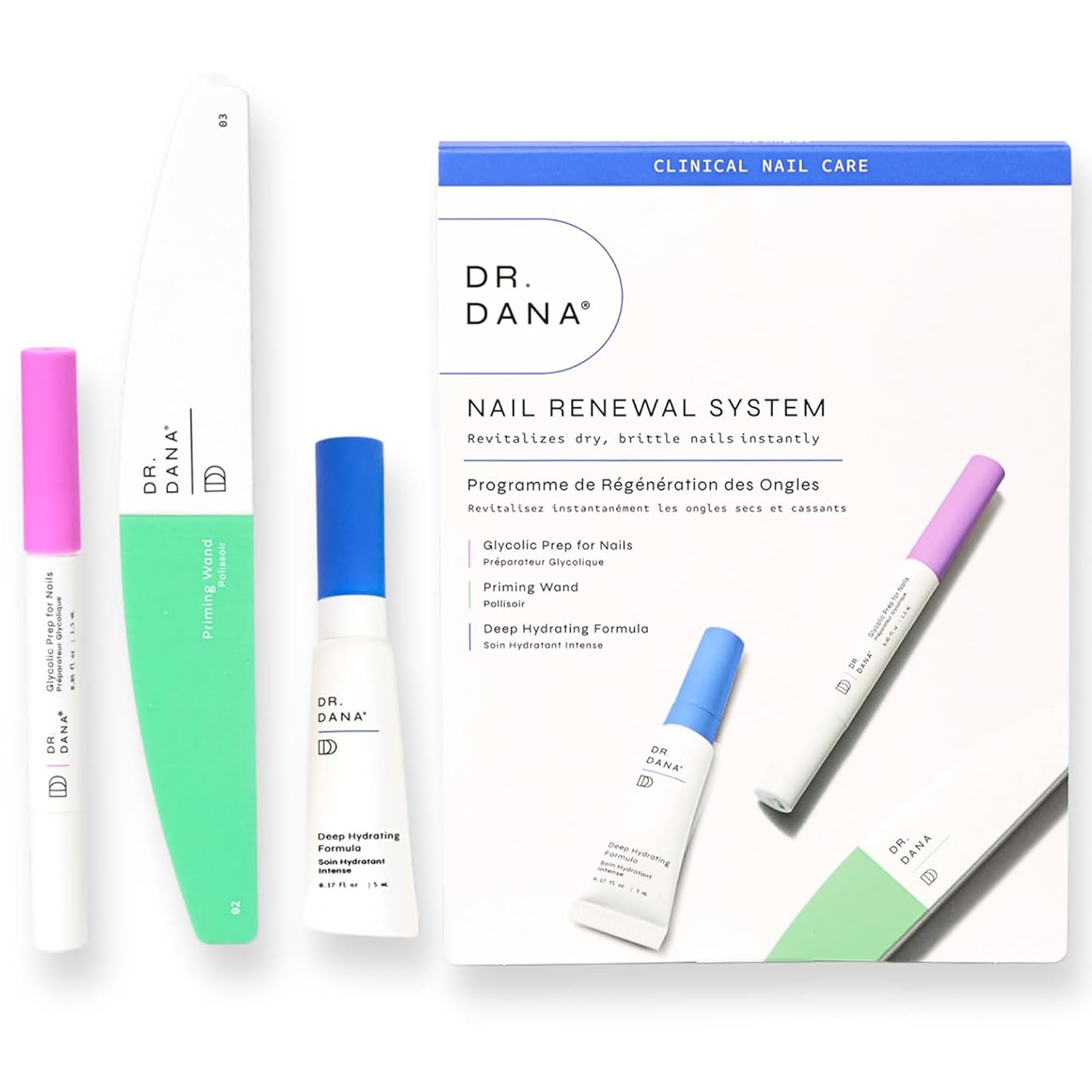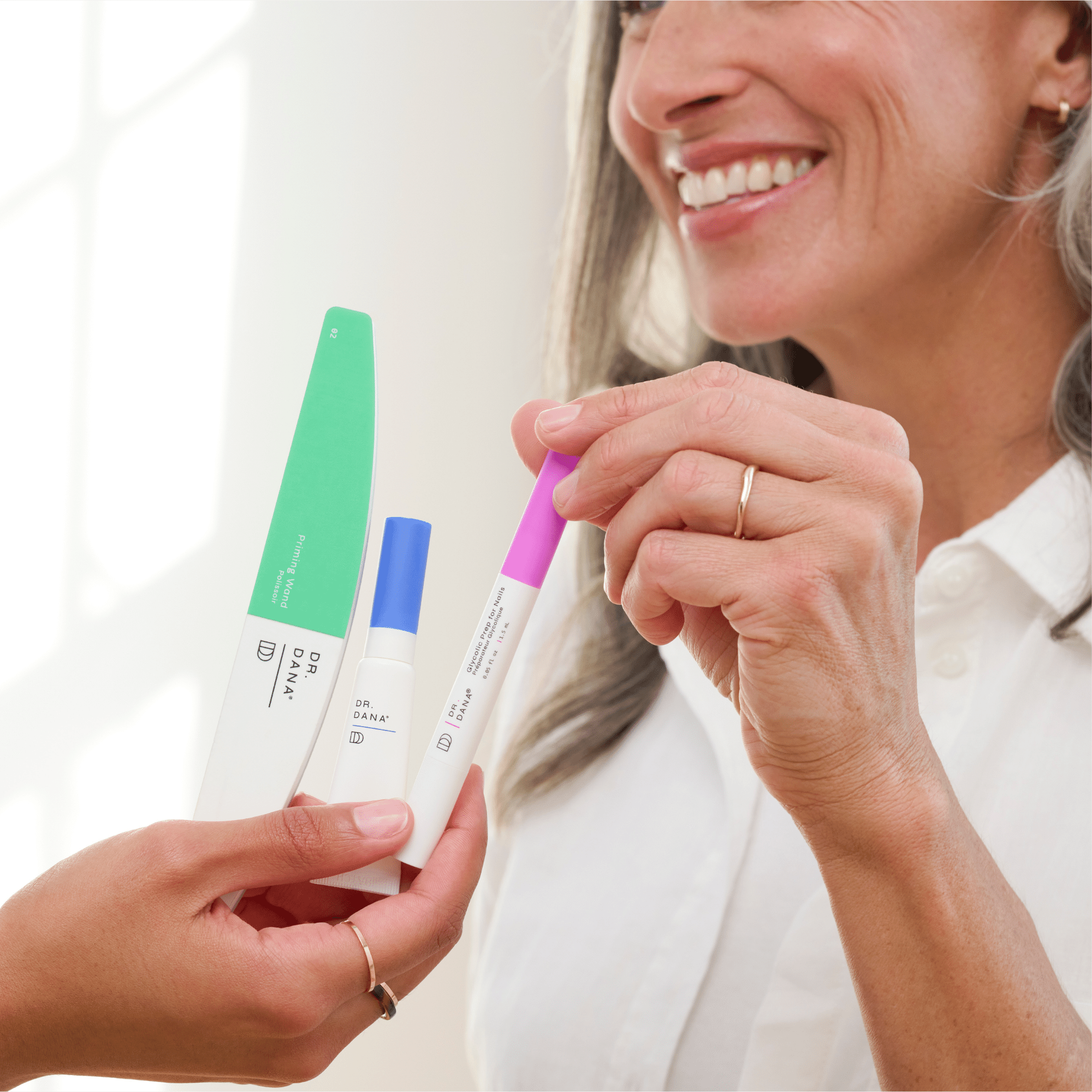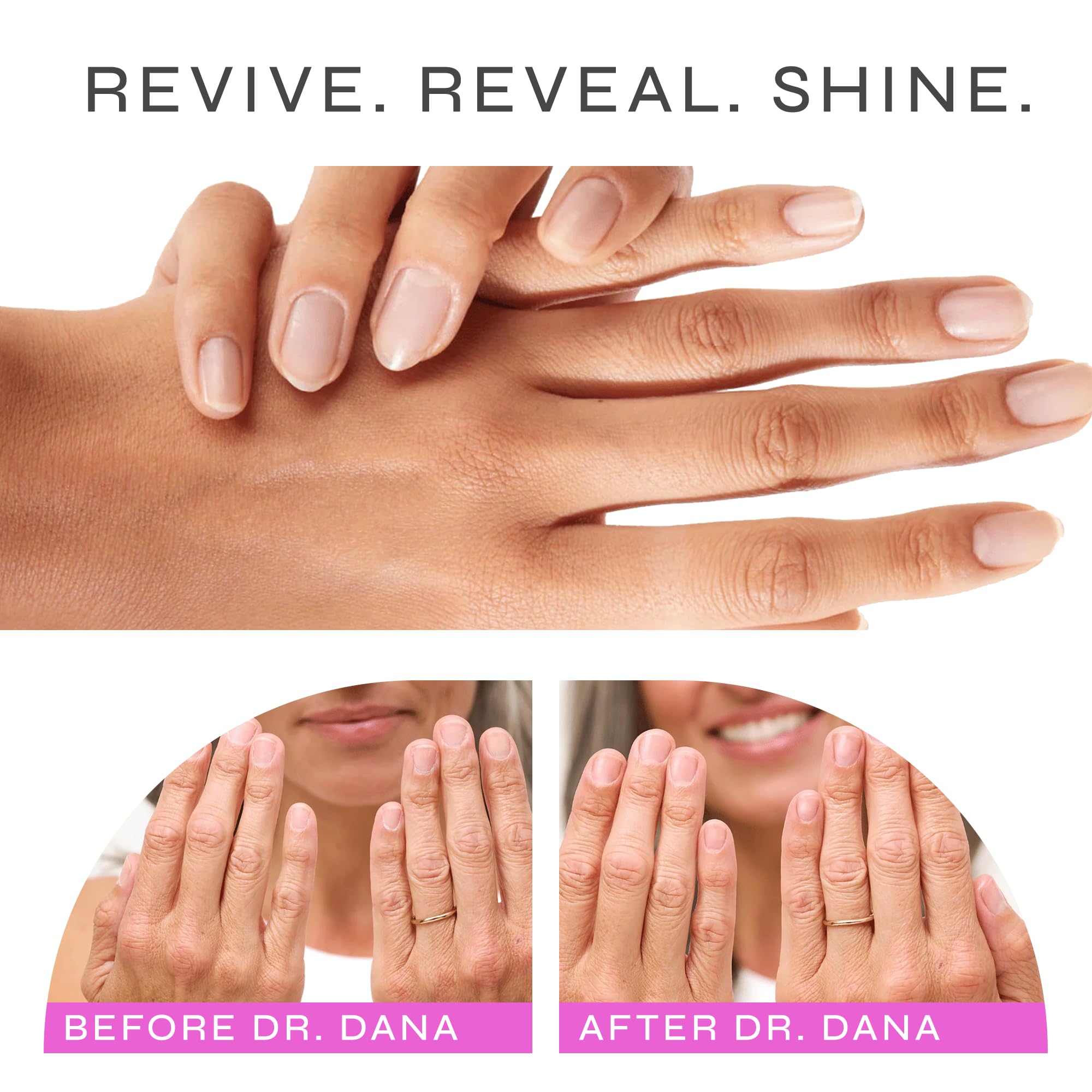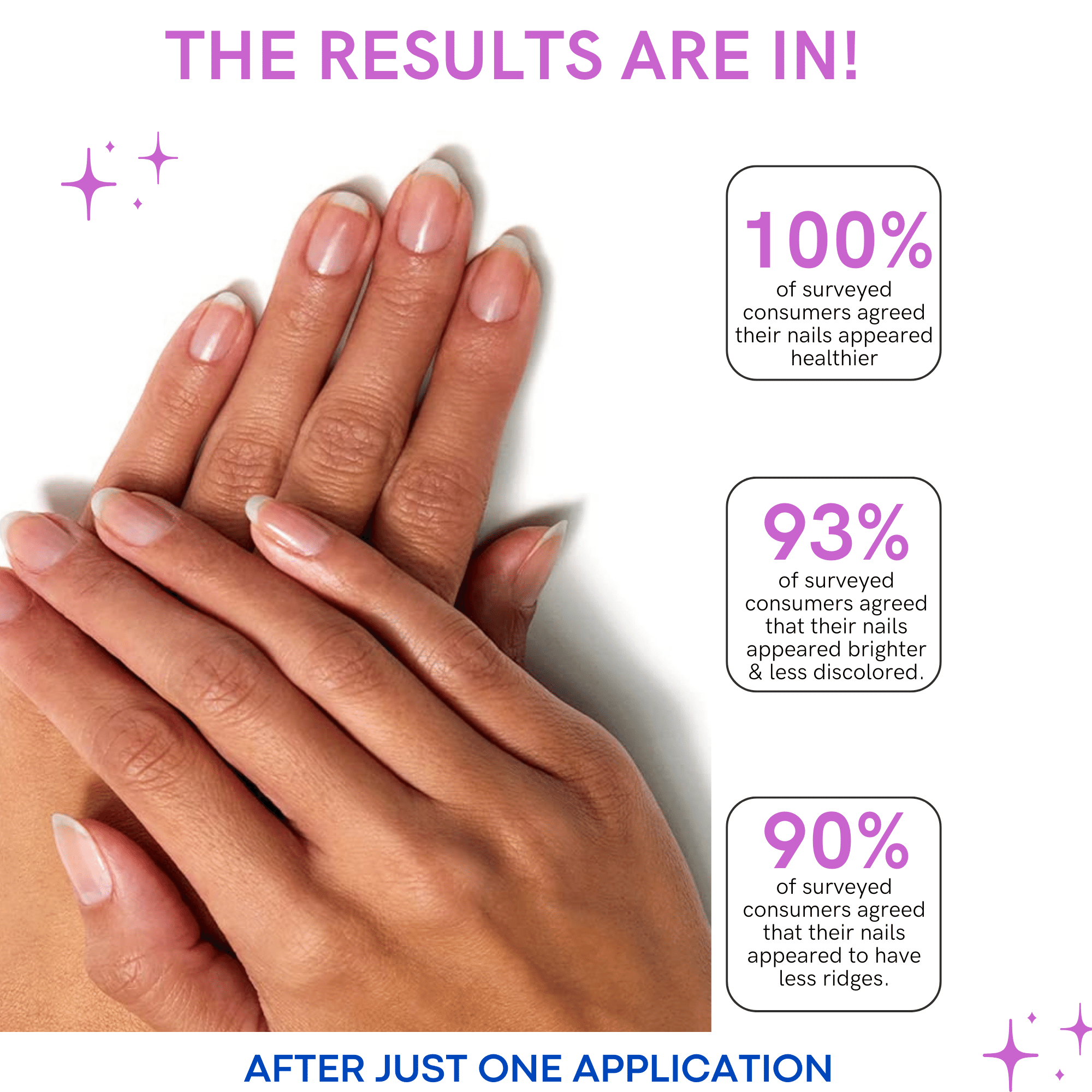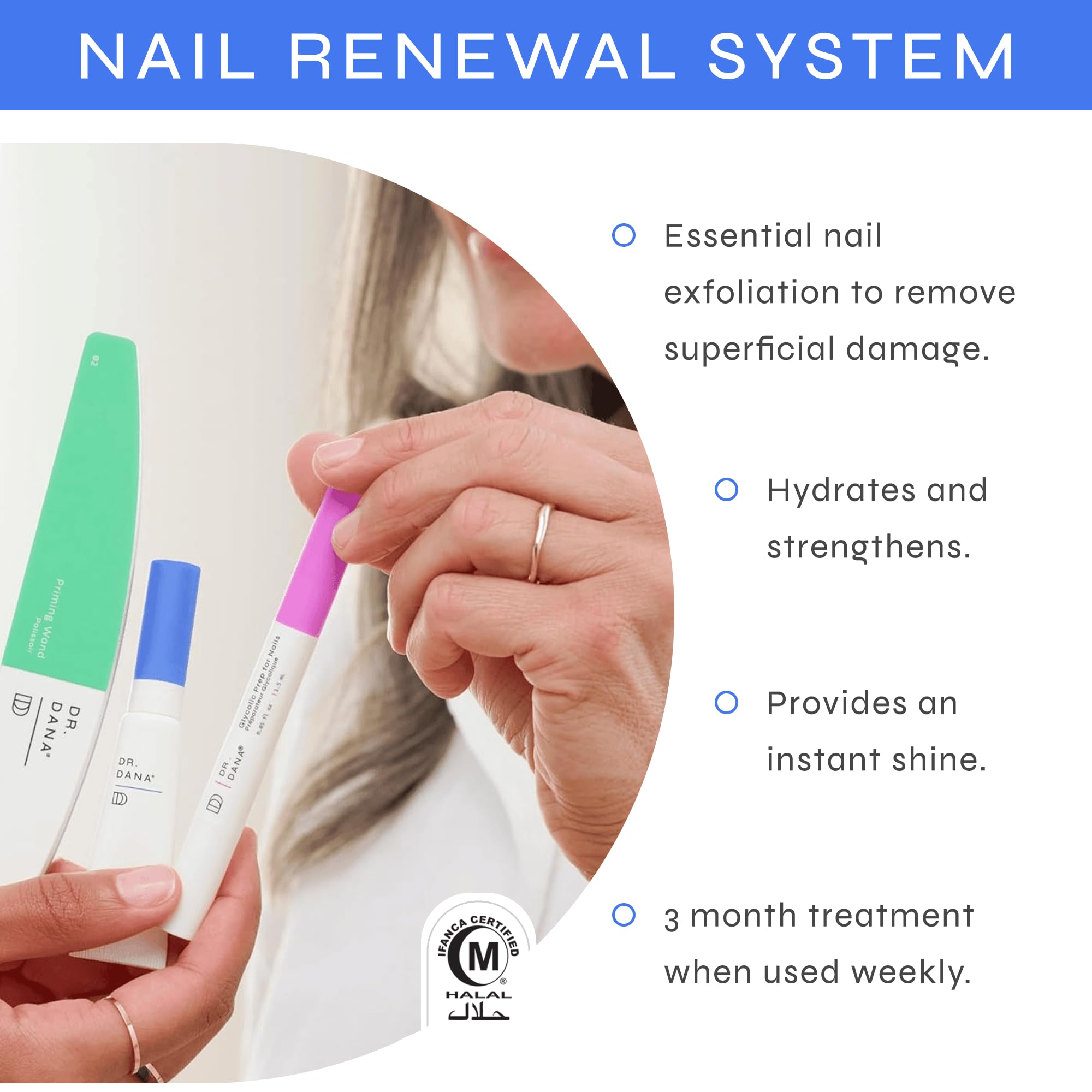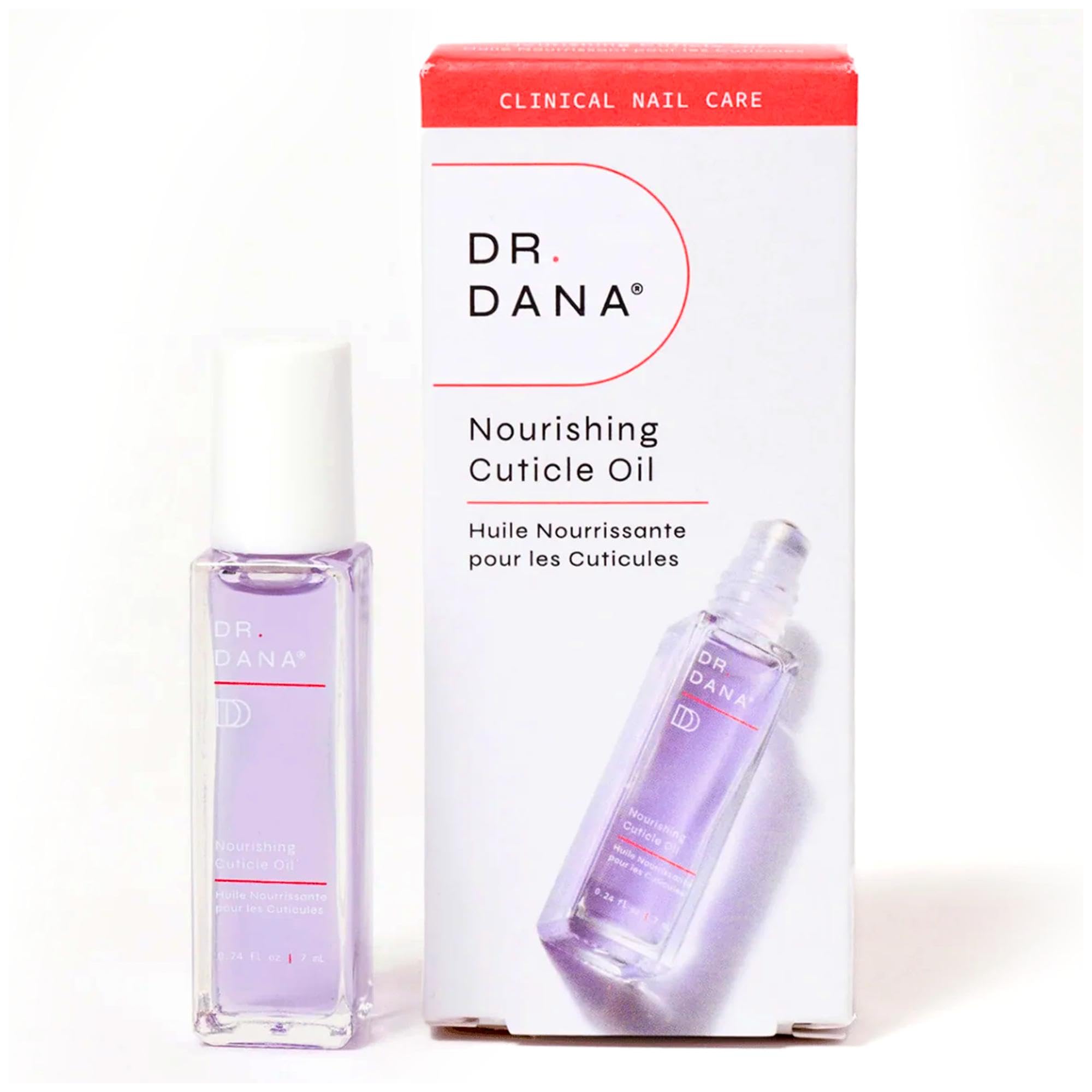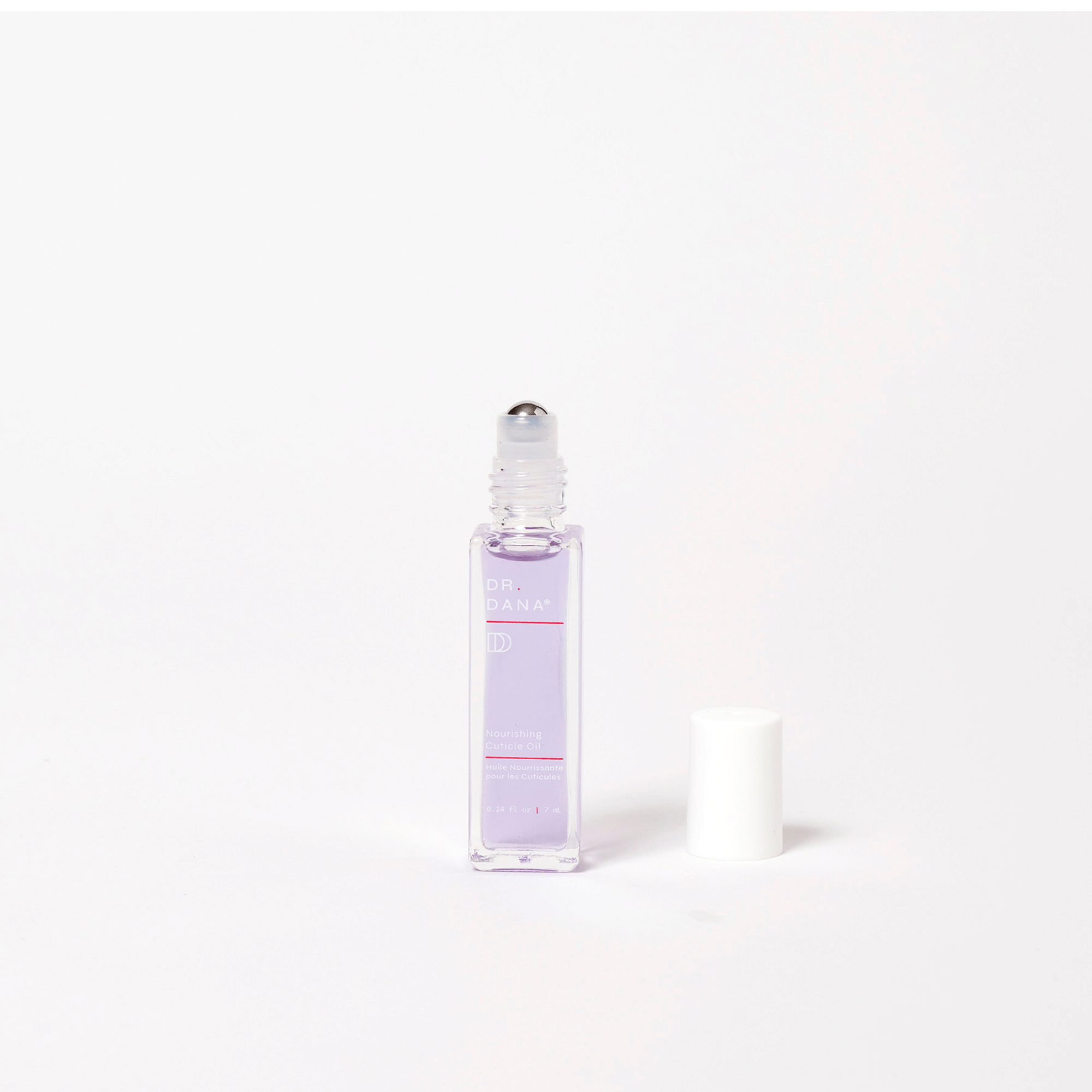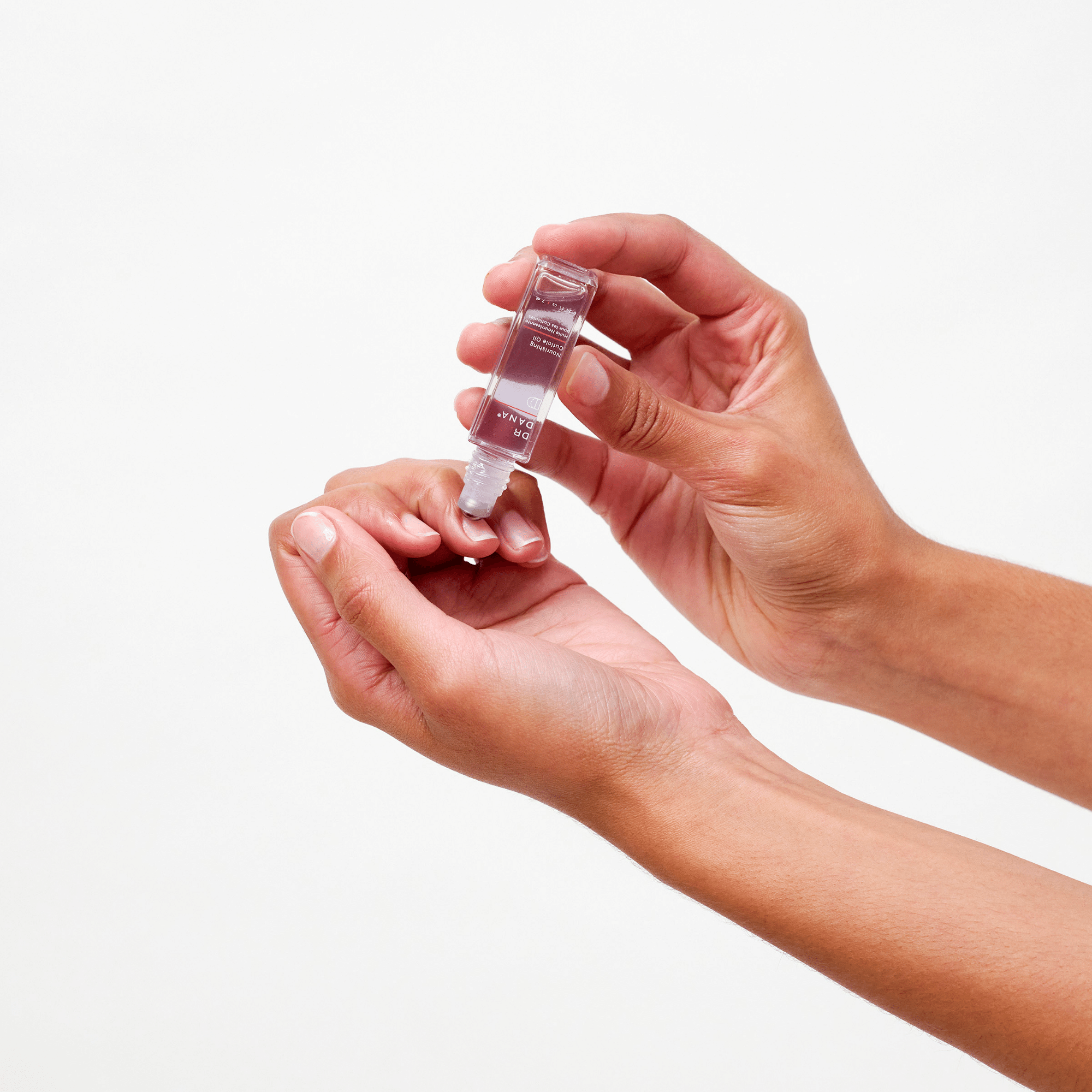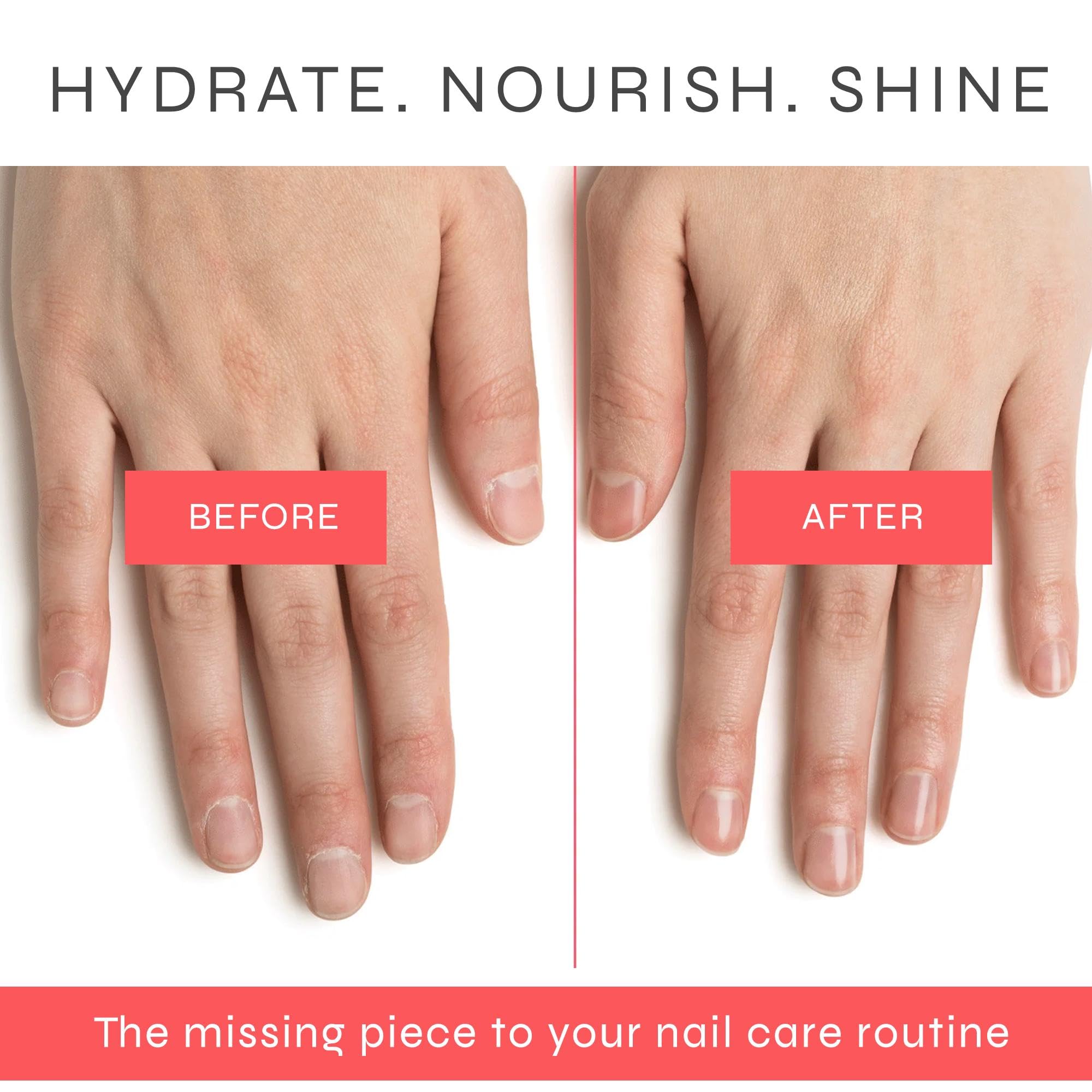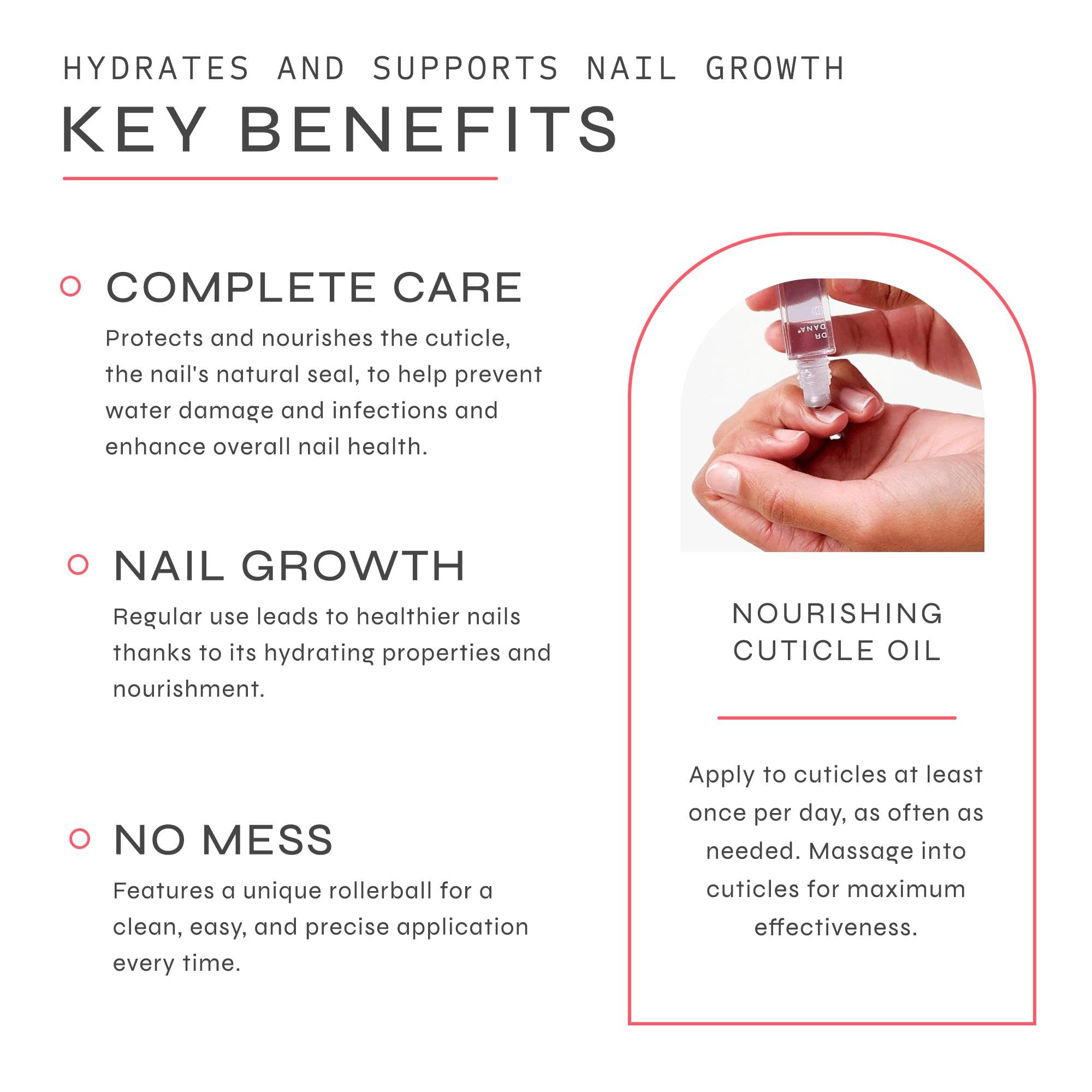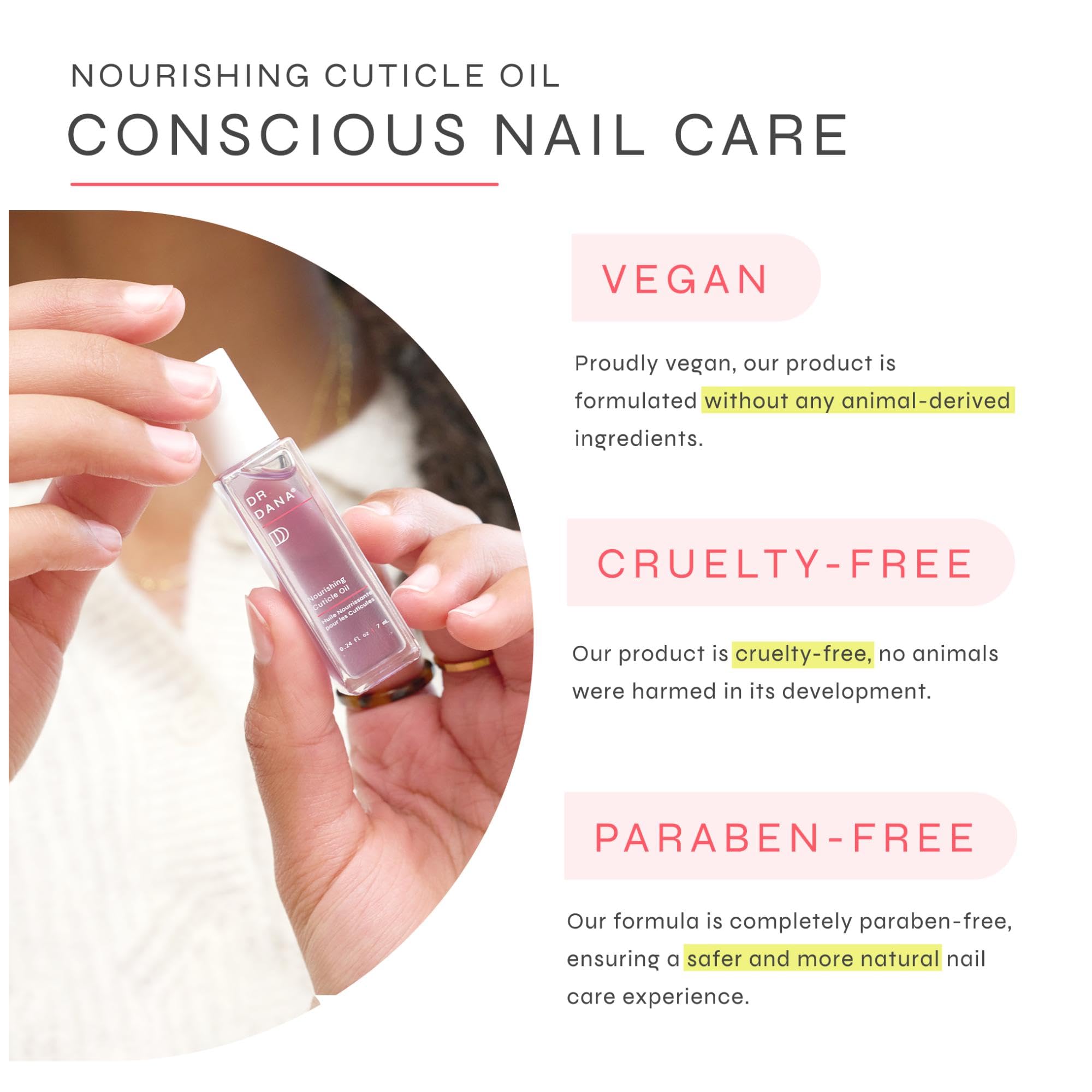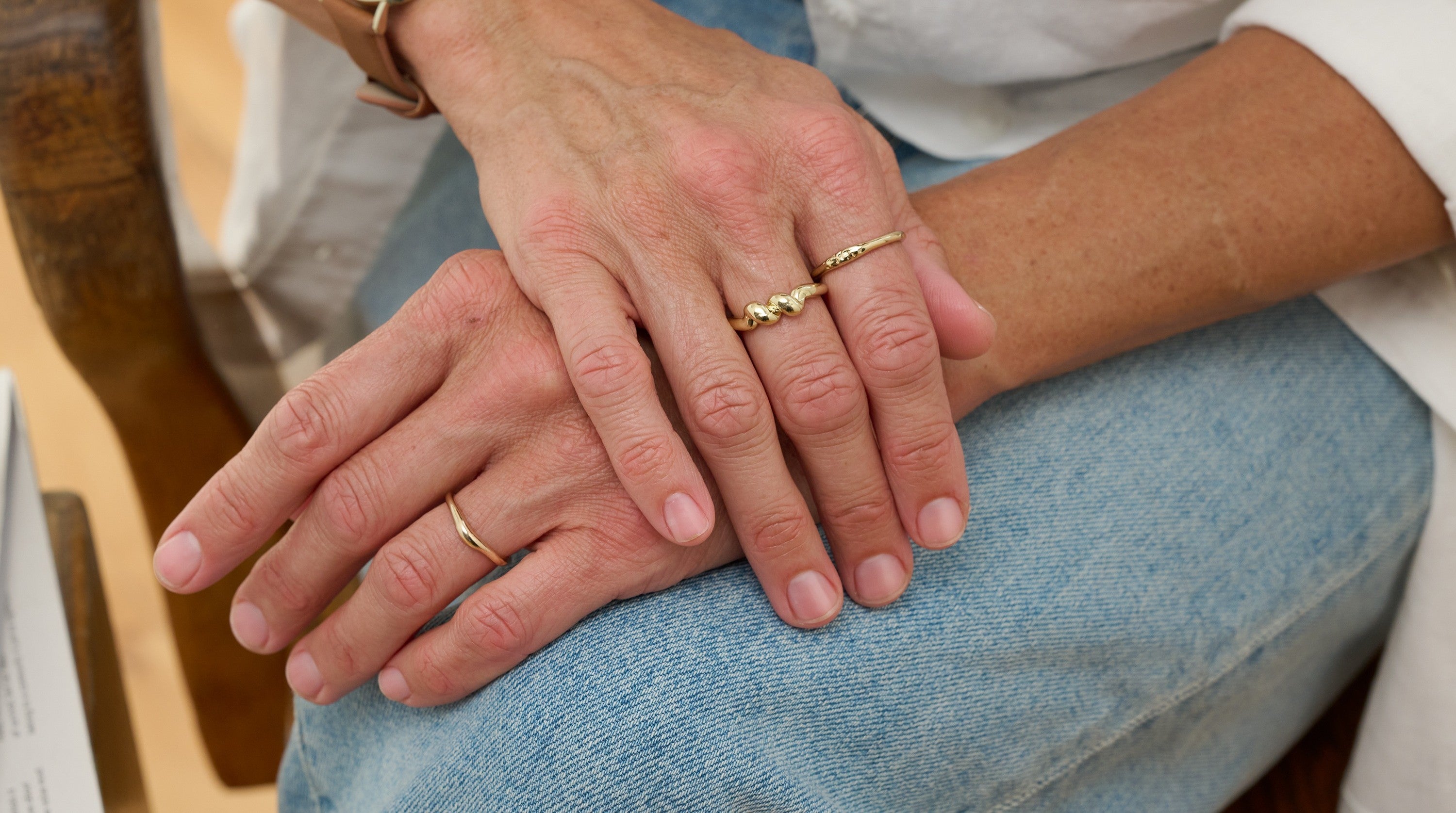Are you a picker—a nail picker that is?
Did you know that nail picking is an actual condition and not simply the nervous habit you might think it is.
Onychotillomania (or nail picking disorder) is a likely underreported, condition in which patients repetitively pick at the nail and the surrounding areas like the cuticle. The term was coined in 1934 as an “excessive, self-induced damage of the nail.” The word Onychotillomania is derived from the Greek onycho for nail, tillo for to pull, and mania for madness.
While nail picking has proven to be underreported in the past, it’s currently having a bit of a cultural moment thanks to the new Game of Thrones prequel series, House of the Dragon on HBO.
Alicent Hightower, played by Emily Carey, is often seen scratching, and picking at her nails and the surrounding skin—especially in moments where the character is stressed or anxious. And if you know even the slightest bit about the world of Westeros and Game of Thrones, you know that there is much to stress and worry about, even for a young woman of privilege raised in the court.
While the show hasn’t explicitly commented on Alicent’s nail picking habit, it is certainly a noticeable part of her character and one that is subtly telling about her emotional state. We’re anxious to see how her habit evolves over time…because, no spoilers, but she’s already in the middle of a lot of drama.
So how does nail picking disorder typically present itself?
Nail picking often involves the pulling and manipulation of fingernails and/or toenails leading to onychodystrophy, or changes in the nail shape and appearance. People often use their own fingers or fingernails to manipulate their other digits, they may also choose to use tools for excessive grooming.
The results are that the skin surrounding the nail bed and the nail can become red, inflamed, eroded, or even crusted. Sometimes the lunula (or half-moon) looks enlarged and the nail can become darker due to the stimulation of its pigment-producing cells, or melanocytes. Because these cells reside in the lunula, any trauma to the area can result in pigment activation.
Are some people more prone to nail biting and picking?
Onychotillomania has been associated with obsessive-compulsive disorder, certain phobias, depression, and even suicide in several case studies. In addition, onychotillomania has been described in association with delusional disorders—and as a behavior specifically motivated by delusional ideation. Onychotillomania has also been associated with several rare clinical conditions including Smith-Magenis syndrome and Lesch-Nyhan.
Nail picking behavior may come on the heels of heightened emotional states ranging from anxiety to boredom. Plus, different people may experience different degrees of severity of the habit. Published descriptive findings have also indicated that people often experience feelings of tension before and relief after nail manipulation. Though that won’t always be the case.
How do you treat nail picking?
Published treatments for onychotillomania are quite scarce. Some people like to try physical options like putting a topical treatment on the nails that tastes bitter (if biting is also involved) or wearing coverings like gloves.
Psychopharmacologic treatments for nail picking and biting have had limited success, although there have been cases demonstrating that antidepressants and antipsychotics might help. Perhaps the best, but least used, treatment is behavioral modification or habit reversal therapy. If you are struggling with nail picking or biting, seeking the guidance of a mental health professional may be a good option for you. Cognitive behavioral therapists are skilled at treating conditions like onychotillomania and better yet, many of them provide virtual consultation these days.



